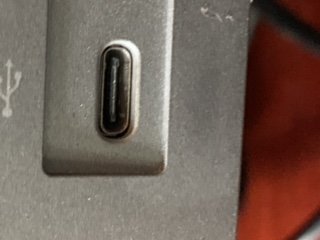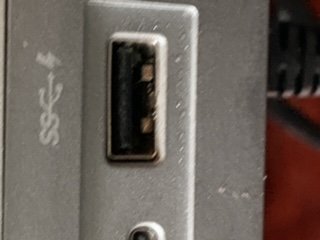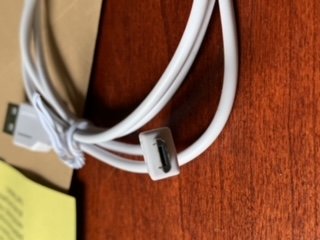I know I am probably missing the obvious, but as I don't know a lot about this, I was hoping some computer experts could help.
1) I somehow got through loading Windows onto a brand new blank M.2 2280 SSD. I read that the SSD apparently needs to be "formatted" to prep it. I'm not sure if this is done before loading Windows or after.
If I put a new blank SSD in a pc, there is no way to get to where I need to format it (disk management or whatever). If I put the SSD in the pc with Windows already on it, it states I cannot format from the same pc I am on or something to that effect.
Can someone explain the correct process step by step?
2) I also tried swapping a new SSD with a valid Windows install on it into a different pc. It works but when I drill down in Device Manager (?) it states there are some unrecognized things. Are there more steps to take or is swapping an SSD not possible? I do know a little about going into the UEFI to adjust/save things if that is needed.
3) So then, is the best way to upgrade an SSD to put a new blank one in the pc, format it, then load Windows to it, and does that format it automatically during the process?
Hope I explained this correctly. Thanks for any help.
1) I somehow got through loading Windows onto a brand new blank M.2 2280 SSD. I read that the SSD apparently needs to be "formatted" to prep it. I'm not sure if this is done before loading Windows or after.
If I put a new blank SSD in a pc, there is no way to get to where I need to format it (disk management or whatever). If I put the SSD in the pc with Windows already on it, it states I cannot format from the same pc I am on or something to that effect.
Can someone explain the correct process step by step?
2) I also tried swapping a new SSD with a valid Windows install on it into a different pc. It works but when I drill down in Device Manager (?) it states there are some unrecognized things. Are there more steps to take or is swapping an SSD not possible? I do know a little about going into the UEFI to adjust/save things if that is needed.
3) So then, is the best way to upgrade an SSD to put a new blank one in the pc, format it, then load Windows to it, and does that format it automatically during the process?
Hope I explained this correctly. Thanks for any help.




